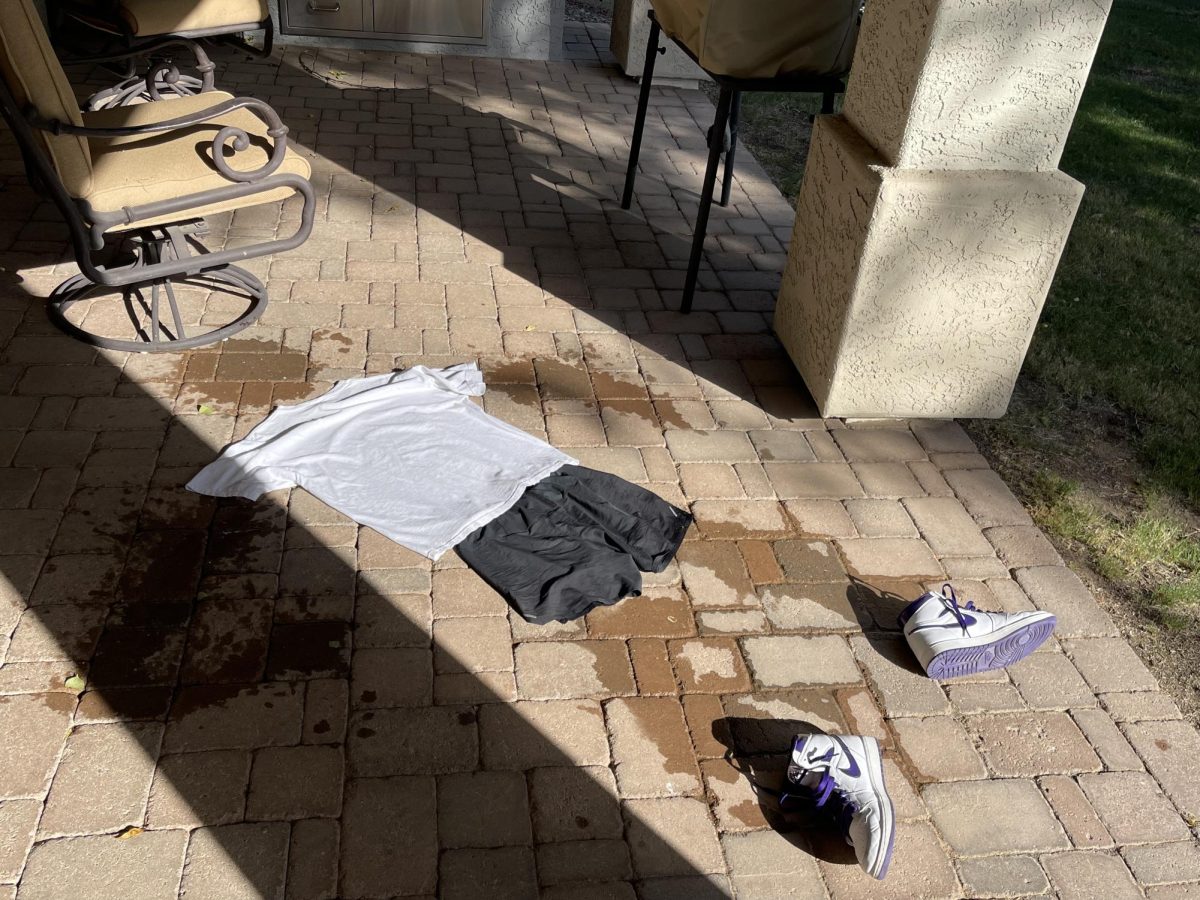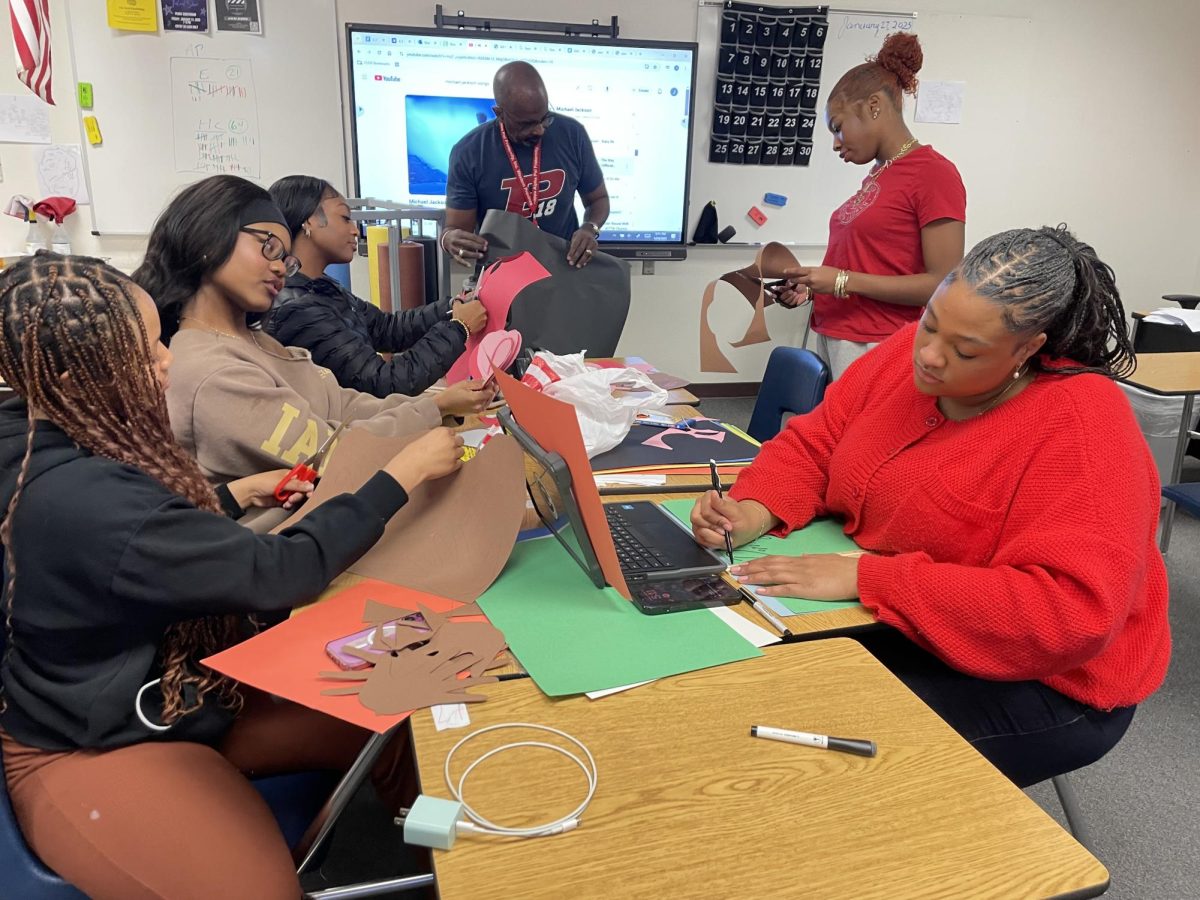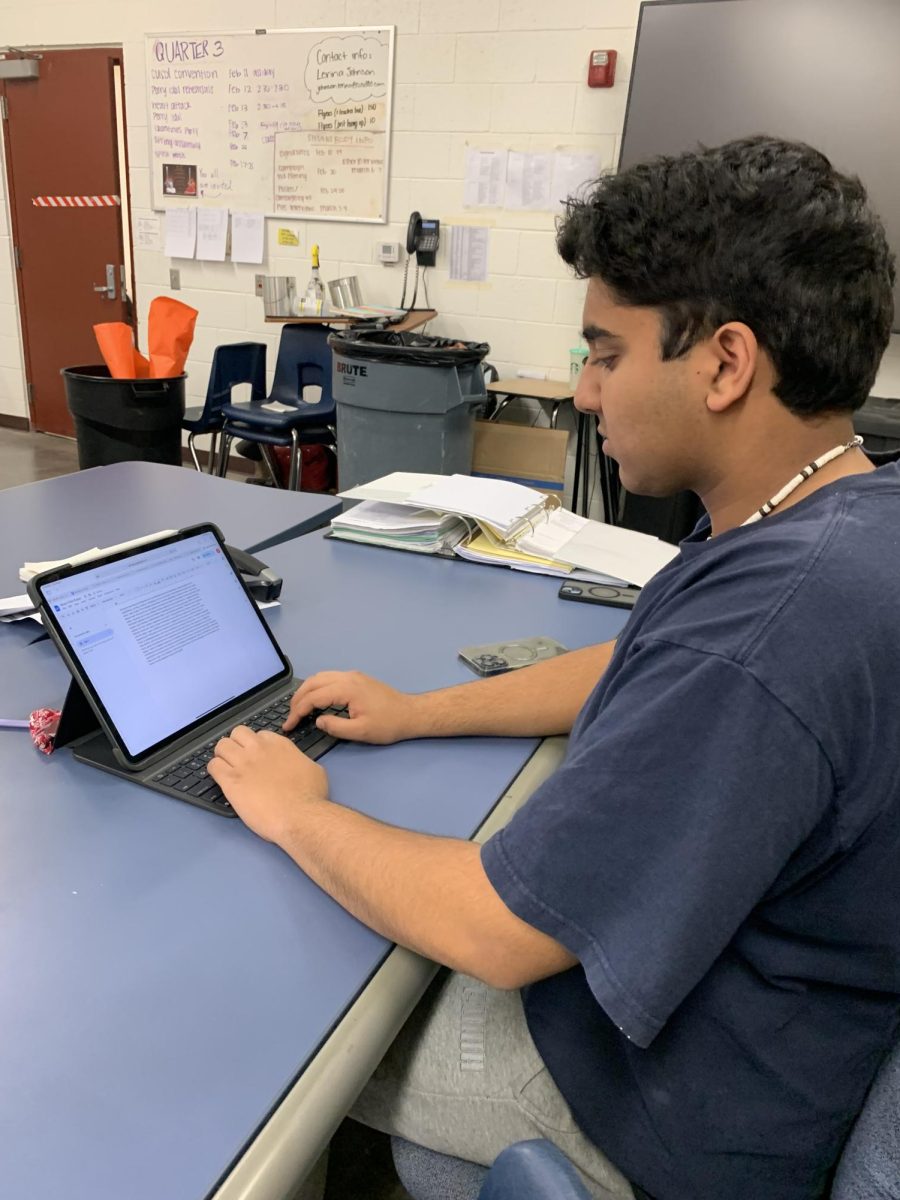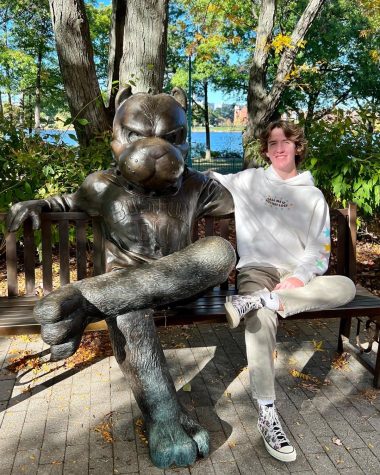At the beginning of the school year, the students and staff were hopefully anticipating the cool comfort of air conditioning as they returned to school for another academic year. However, the aging AC units had other plans. The AC system in the F-building, which houses most of the math classrooms, had broken down just before the start of the semester.
As the first day of school approached, and record temperatures continued to soar whispers and rumors circulated about the unbearable conditions in the F-building. Concerned teachers who taught in the affected classrooms could not ignore the potential impact on their students’ learning environment.
Despite the best efforts of the school administration, the repair team was not able to fix the AC immediately. Especially during school hours, this repair effort would have been difficult to pull off. The class tried to remain attentive, but the Arizona heat continued to bother them, causing the students to feel uncomfortable in the F-building classrooms. Senior Talal Daoud claimed that, “I couldn’t work on my schoolwork. I was just sweating too bad.” Daoud was also concerned for his fellow students, saying, “I’m sure it affected them much worse than me.”
In F105, where math teacher, Stephanie Carrasco was trying to introduce the students to brief calculus, the heat had another unfortunate effect. The students’ desire to learn was quickly dampened by what Carrasco claims was a “persistent heat as a result of the malfunctioning AC.” Further, Carrasco believes that this heat is “highly disruptive during lessons. It makes it difficult for students to focus clearly, which only adds to the discomfort and frustration for everyone involved.” The heat was draining students’ energy, and it was evident that their ability to focus and complete coursework was declining. Even the most dedicated students struggled to concentrate on the subject matter, and their academic performance would be expected to reflect this.
Beyond the academic challenges, the heat also created discomfort and health concerns. Some students experienced headaches, dehydration, and exhaustion, further hindering their ability to learn effectively. Freshman Maya Lehti expressed, “I think when I’m hotter, I’m not as focused in class. Keeping cool helps me stay focused in class.” In addition, with her being new to campus, Lehti explained, “The campus is always hot, like what’s going on with that? Like, how old is this place?” As the cool air finally filled the classrooms, a collective sigh of relief echoed through the hallways. The students’ energy returned and learning seemed to have resumed to normal.
The broken AC had been a formidable challenge, but it also served as a testament to the power of a supportive student body. Throughout the process, complaining was minimal and some people didn’t even notice the AC was broken in the first place. However, everyone can take a breath of fresh air now, knowing the problem has been solved.





